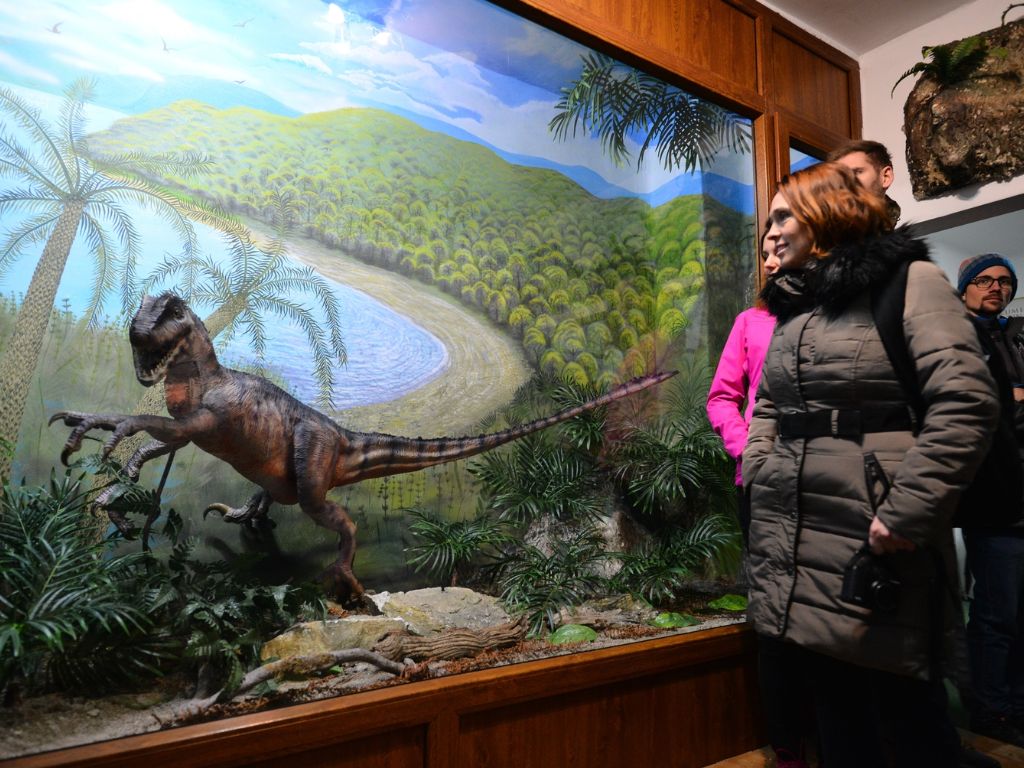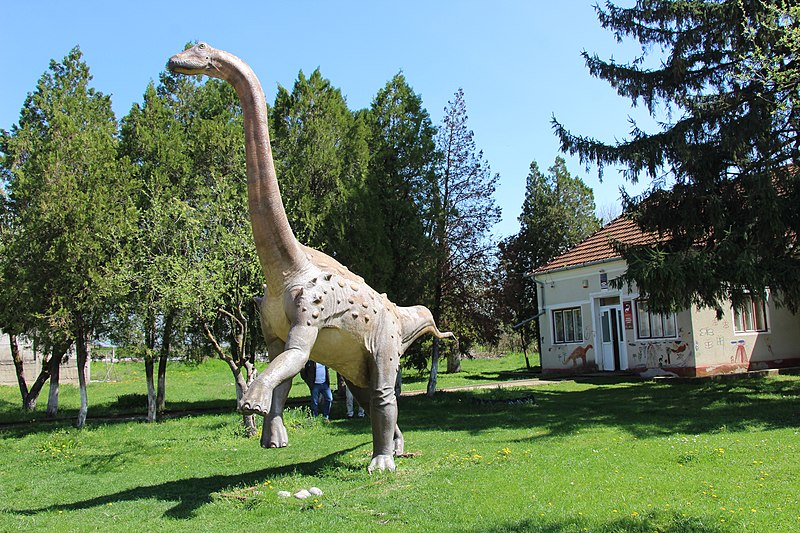An international team led by Hungarian paleontologist Gábor Botfalvai rediscovered a unique dinosaur site that had been lost for over a hundred years in the Hátszeg (Hațeg in Romanian) region in Transylvania, Hungarian news agency MTI wrote based on a press release of the Hungarian National History Museum.
According to MTI, the fragments of fossilized bones discovered in the western part of the Hátszeg Basin is a unique find on a global scale, as they offer an insight into the Late Cretaceous period, just before the sudden mass extinction of dinosaurs.

The site was discovered right before World War I; Ottokár Kadic was making a geological map of the West side of the Hátszeg Basin when he found a rich collection of dinosaur and other reptile remains, including the remains of Magyarosaurus dacus, the first dinosaur species that bears the name of Hungary. However, due to historical events, information about the exact location of the site was lost, making it impossible to do further paleontological work in the area. The remains discovered by Ottokár Kadic are now on exhibit at the Mining and Geological Survey of Hungary.
As MTI reports, the international paleontologist team had been interested for a long time in these remains, as it includes several valuable finds unique to the area, like the remains of the Magyarosaurus dacus, Sauropoda (two dinosaur species), Allodaposuchus (prehistoric crocodile) and Kallokibotion (turtle).

“The outstanding paleontological significance of the Hátszeg finds in Budapest has long been of international interest, but it was always a problem that their exact location, and thus former environment where these species lived, were unknown. The rediscovery of the site was only possible because the map used by Ottokár Kadic during his excavations was found, and it had clear marks of the former site,” the press release quotes Gábor Botfalvai, the leader of the research team and associate at the Hungarian Natural History Museum and the Paleontology Department of the Lóránt Eötvös Unversity in Budapest.
“After several weeks of field research, we were able to locate the site examined by Ottokár Kadic, where we collected several bone remains. Out of the more than one hundred vertebrate remains, a cohesive vertebrae belonging to a Sauropoda dinosaur can be highlighted. We also found valuable remains of other dinosaurs and several species of crocodiles and turtles. From a scientific point of view, the most valuable fossils are just a few millimeters long and belong to mammals. Found by János Magyar during the preparation of the remains, these tiny fragments can be considered the oldest mammal remains of the Hátszeg Basin,” Zoltán Csiki-Sava, employee of the University of Bucharest told MTI.
Geochemical, geological and paleontological research has revealed that the examined remains represent one of the oldest dinosaur sites of the Hátszeg Basin, providing a more in-depth understanding of the ecological processes that happened in the short period before the Cretaceous extinction event. Due to the findings, the research team was able to clarify those stratigraphic, ecological and evolutionary questions that have existed for a long time in connection with this unique collection, enabling the continuation of modern paleontological research and the search for new finds in the area, Gábor Botfalvai told MTI.
Related: Rare prehistoric fossils found in Transylvania
Title image: The international paleontologist society had long been interested in the remains found in the Hátszeg Basin. Photo: Wikipedia